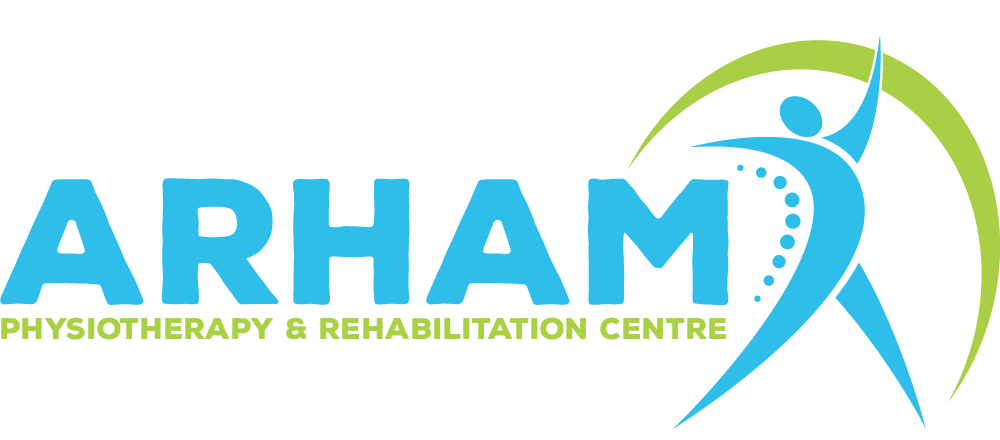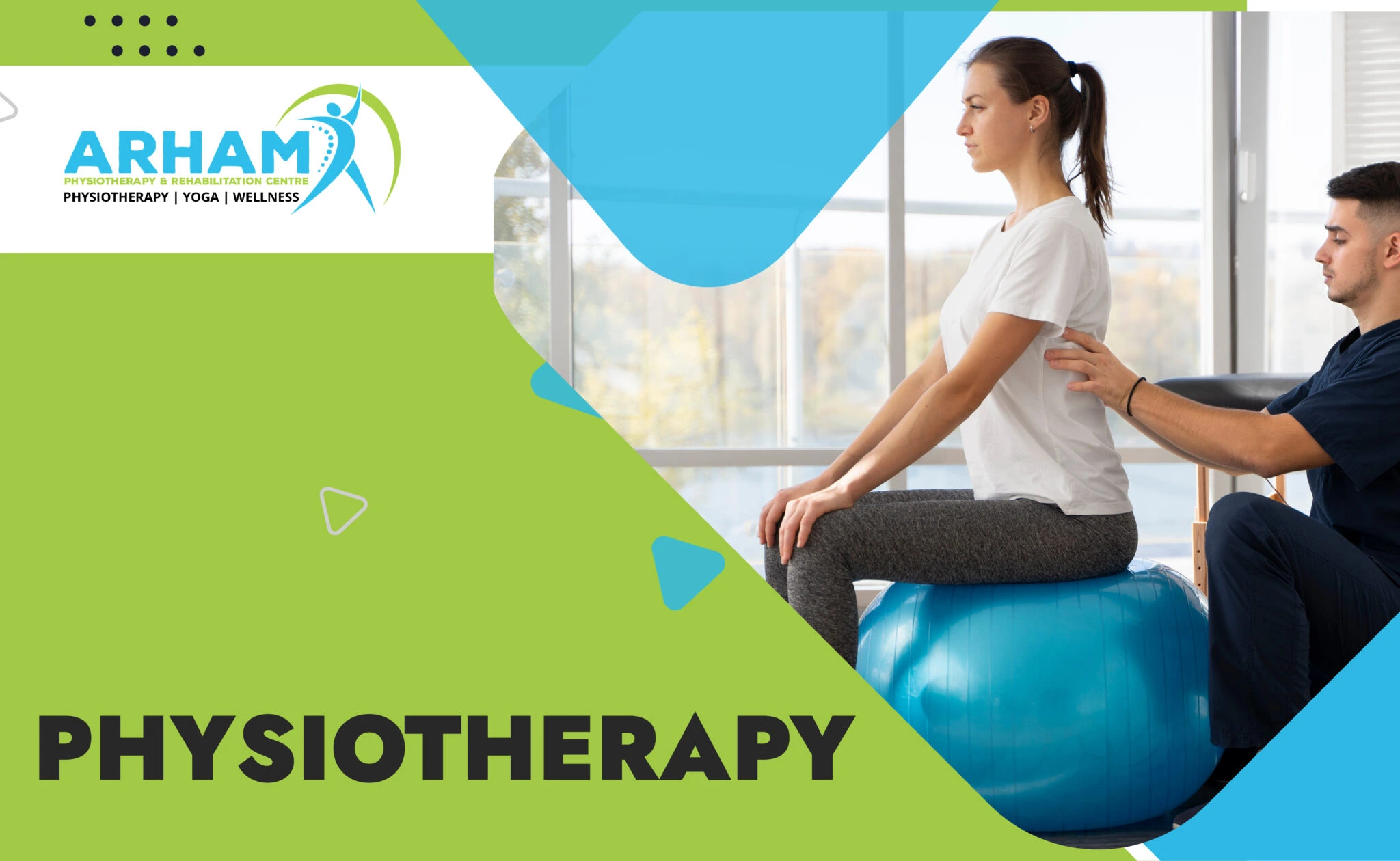Easing Knee Pain Through Movement
Knee pain can be a debilitating condition that affects mobility, independence, and overall quality of life. However, there is hope. In this blog post, we will explore the transformative realm of knee pain physiotherapy, a comprehensive approach that utilizes movement and targeted techniques to alleviate pain and restore function. By understanding the causes, implementing therapeutic exercises, and embracing pain management strategies, individuals can find relief and regain control over their knee health.
Table of Contents
ToggleUnderstanding Knee Pain: Causes, Symptoms, and Impact on Mobility
To effectively address knee pain, it’s essential to understand its underlying causes, such as osteoarthritis, ligament injuries, or overuse. We’ll delve into common knee pain conditions, explore the symptoms associated with each, and discuss their impact on mobility. By gaining a comprehensive understanding of knee pain, individuals can seek appropriate treatment and engage in effective rehabilitation.
Introduction to Knee Pain Physiotherapy: A Comprehensive Approach
Knee pain physiotherapy offers a holistic and comprehensive approach to managing knee pain. We’ll explore the core principles and techniques employed in this specialized field, which aim to address pain, restore function, and improve overall knee health. From assessing knee function to implementing therapeutic exercises and pain management strategies, knee pain physiotherapy provides a tailored and individualized approach to each patient’s unique needs.
Assessing Knee Function: Physical Examination and Diagnostic Tools
Physiotherapists utilize a range of assessment techniques to evaluate knee function accurately. We’ll explore the importance of a thorough physical examination, including range of motion measurements, strength assessments, and specialized diagnostic tools like X-rays or MRI scans. These evaluations provide valuable insights into the underlying issues and guide the development of personalized treatment plans.
Therapeutic Exercises for Knee Pain: Strengthening and Stretching for Pain Relief
Therapeutic exercises play a vital role in knee pain physiotherapy, aiming to strengthen muscles, stabilize the joint, and reduce pain. We’ll delve into a variety of exercises, including quadriceps and hamstring strengthening, balance and proprioception training, and targeted stretches for improved flexibility. These exercises are designed to alleviate pain, enhance knee stability, and promote optimal function.
Range of Motion and Flexibility Exercises: Improving Joint Mobility and Function
Maintaining or improving joint mobility is crucial for individuals with knee pain. We’ll explore specific exercises and stretches that focus on increasing range of motion, decreasing stiffness, and enhancing overall joint function. Through gentle and controlled movements, individuals can experience improved mobility and reduced discomfort.
Manual Therapy Techniques: Hands-on Approaches for Pain Reduction and Improved Function
Manual therapy techniques, such as joint mobilization, soft tissue mobilization, and myofascial release, are effective in reducing pain, improving joint mobility, and enhancing function. We’ll delve into these hands-on approaches used in knee pain physiotherapy, highlighting their role in reducing inflammation, restoring proper biomechanics, and promoting tissue healing.
Gait Analysis and Biomechanics: Correcting Walking Patterns and Alignment
Gait analysis and biomechanical assessment are essential components of knee pain physiotherapy. We’ll discuss the significance of evaluating walking patterns, foot alignment, and hip mechanics to identify any abnormalities or imbalances contributing to knee pain. By addressing these factors, physiotherapists can design targeted interventions to correct gait patterns and enhance overall movement efficiency.
Functional Training: Restoring Knee Function for Daily Activities and Sports
Regaining functional ability is a key goal of knee pain physiotherapy. We’ll explore the incorporation of functional training exercises that mimic daily activities and sport-specific movements. By focusing on activities such as walking, climbing stairs, or returning to sports.
Knee pain can be a debilitating condition that affects people of all ages and lifestyles. Whether caused by injury, arthritis, or other underlying factors, finding effective ways to manage and alleviate knee pain is crucial for maintaining an active and fulfilling life. While rest and medical intervention have their place, incorporating movement into your routine can play a significant role in easing knee pain and promoting long-term recovery. In this blog post, we will explore various strategies and exercises that can help you find relief and regain mobility in your knees.
Also Read: Pain Relief Physiotherapy
Consultation with a Healthcare Professional
Before embarking on any exercise regimen, it’s essential to consult with a healthcare professional, such as a physical therapist or orthopedic specialist. They can assess your specific condition, provide guidance, and tailor a program to suit your needs.
Low-Impact Activities:
Engaging in low-impact exercises is key to relieving knee pain while minimizing stress on the joints. Some suitable activities include:
a. Swimming: Water provides buoyancy and reduces the pressure on your knees, making swimming an excellent option for pain-free movement and cardiovascular exercise.
b. Cycling: Riding a stationary or regular bike with proper seat height and resistance can help strengthen the muscles around your knees without excessive impact.
c. Tai Chi and Yoga: These gentle and controlled movements can improve flexibility, balance, and strength in the lower body while being mindful of your knee’s limitations.
Strengthening Exercises:
Building strength in the muscles surrounding the knee joint can provide stability and support, reducing strain on the joint itself. Incorporate these exercises into your routine:
a. Quadriceps Sets: Sit on a chair with your legs extended. Tighten the muscles on the front of your thigh and hold for a few seconds before relaxing. Repeat 10-15 times.
b. Hamstring Curls: Stand behind a chair, holding onto it for support. Bend one knee, bringing your heel towards your buttocks, and then lower it back down. Perform 10-15 repetitions on each leg.
c. Wall Squats: Stand with your back against a wall and your feet shoulder-width apart. Slowly slide down the wall into a squatting position, keeping your knees aligned over your toes. Hold for a few seconds, then rise back up. Repeat 10-15 times.
Range of Motion Exercises
Maintaining and improving the range of motion in your knees is crucial for preventing stiffness and promoting flexibility. Try these exercises:
a. Straight Leg Raises: Lie on your back, bend one knee, and keep the other leg straight. Lift the straight leg off the ground to the height of your bent knee, then slowly lower it back down. Repeat 10-15 times on each leg.
b. Heel Slides: Lie on your back with your legs extended. Slowly slide your heel towards your buttocks, bending your knee as far as comfortable, and then slide it back out. Repeat 10-15 times on each leg.
c. Knee Circles: Sit on a chair with your feet flat on the ground. Gently bend your knee and rotate your lower leg in a circular motion, clockwise and counterclockwise. Perform 10-15 circles on each leg.
Conclusion:
Easing knee pain through movement is a gradual process that requires consistency, patience, and proper guidance. By incorporating low-impact activities, strengthening exercises, and range of motion exercises into your routine, you can reduce pain, improve joint stability, and regain mobility. Remember to consult with a healthcare professional to ensure the exercises you choose are appropriate for your specific condition. With time and dedication, you can find relief, promote healing, and enjoy


Pingback: How to Prevent Headaches and Migraines
Pingback: How to Prevent Accidental Fractures
Pingback: How Pain Relief Physiotherapy Can Help You Recover Faster